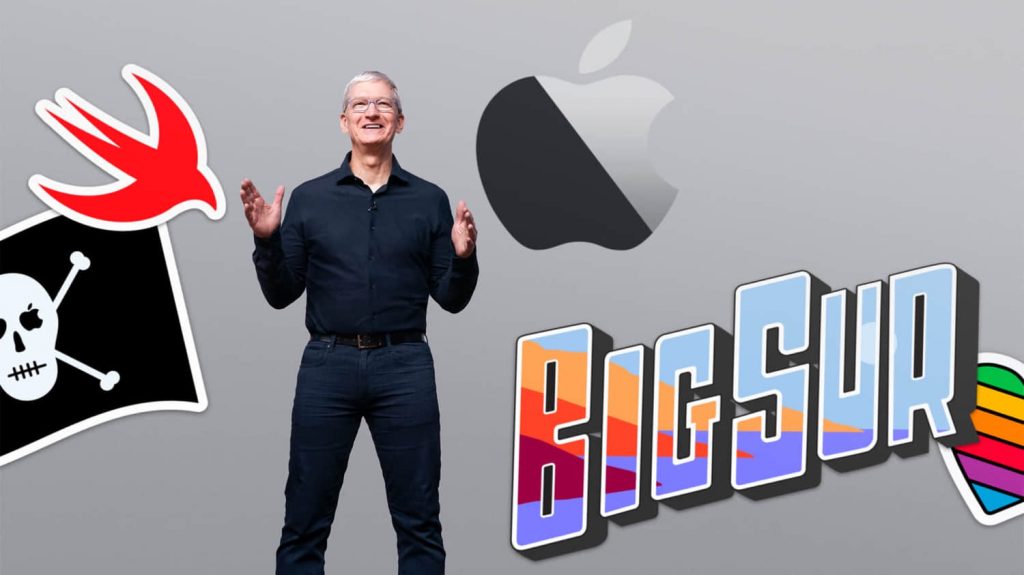
WWDC 2020 on June 23rd was indeed one of the most exciting and informative technology launches of the last decade. In addition to the expected macOS 11 Big Sur, iOS 14, iPadOS 14, watchOS 7 and tvOS 14, the latest generation of operating systems, I was most excited by the announcement that the Mac would soon be using its own chips. This move, no less important than the launch of the iPhone, is the third milestone for the Mac, after the adoption of the PowerPC and Inter chip architectures.
Why such high praise?
We should know that the computer chip used in the Mac has not been developed by Apple itself. iPhone and iPad, which are high volume models, have already used their own developed ARM architecture chips in 2010 and 2012, and it has been proved that Apple has made enough profit on these devices.
In 1994, it chose IBM’s PowerPC processor, and ten years later, in 2005, it joined forces with Intel and stayed on the X86 architecture for 15 years. This is one of the reasons why Apple has been unable to improve the battery life of Mac laptops, but the core problem is that the Mac is not supported by its own chip, making it impossible for developers to build universal apps, a problem that other big players in the industry (such as the next-door softwares) have not solved. It’s also a major stumbling block in the process of integrating desktop and mobile operating systems.
Apple’s announcement at this developer conference that it will release a new Mac with its own A-series chips at the end of the year did not happen overnight. Two years later they deployed their own A4 chip for the iPhone 4, two years later the A5X for the iPad, and eight years later it was the turn of the family’s eldest son, the Mac.
Why has the Mac waited so long?
If you watched Johny Srouji’s talk at WWDC2020, you’ll know that, due to the nature of traditional CPU chips, the more powerful the CPU, the more energy it consumes, and the engineers’ vision was to reduce power consumption as much as possible while maintaining high performance and increasing the Mac’s battery life. After all, how easy is it to make a horse run fast while trying to make it eat less grass?
The release of a Mac with its own chip at the end of this year suggests that Apple is confident enough to achieve this goal, and as you can see from the chart below, Apple is likely to be the first to launch a new Macbook, while the iMac and Mac Pro with their own chips are likely to come later.
The Mac’s ambition is not simply to unify the product architecture
Personally, I believe that the new Mac will remove the final barrier between Apple’s desktop and mobile systems, and open the door for Apple and third-party developers to develop a trinity of apps.
From the macOS Big Sur, iOS 14 and iPadOS 14 introduced at the event, you can clearly see that the Mac system uses the social style of the mobile UI and widgets have been introduced, while the iOS side also has a feature that is only available on the desktop, picture-in-picture. Both Apple’s own app development teams and third party developers will no longer need to develop different versions of apps on the Mac and iOS sides, but will be able to do so directly on Xcode, while existing iOS and iPadOS apps can be brought directly to the Mac. be brought directly to the Mac.
This could easily result in a landscape where, thanks to a unified chip, a unified development environment, and never-before-seen iOS-side apps on the desktop, the best apps will quickly flood onto the Mac platform, giving developers a broader source of traffic, revenue and creative incentive, strengthening the Mac’s core competencies and driving a strong Mac encroachment into the PC market, and we may We may see the market share of Mac devices move away from the “niche” label in two to five years.


